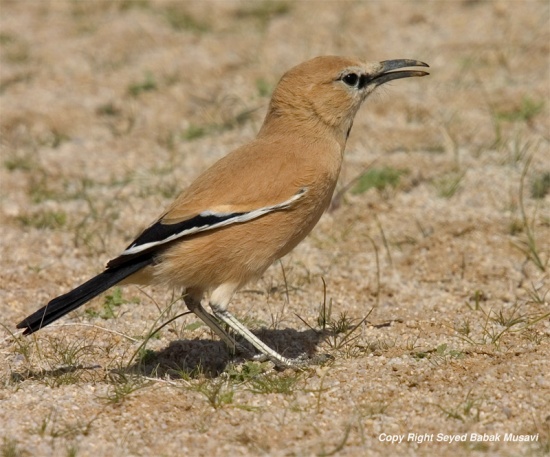
Pseudopodoces humilis
SUBFAMILY
Corvinae
TAXONOMY
Pseudopodoces humilis Hume, 1871, Sinkiang. Probably monotypic.
OTHER COMMON NAMES
English: Little ground-jay, Tibetan ground-jay, Hume’s
groundpecker; French: Podoce de Hume; German: Hцhlenhдher;
Spanish: Arrandejo Terrestre de Hume.
PHYSICAL CHARACTERISTICS
7.4 in (19 cm); 1.47–1.61 oz (42–46 g). The soft, slightly fluffy
body plumage is dull brownish above and off-white below.
Wings are darker brown and the tail is white with dark brown
central feathers. The black bill is short, thin, and distinctly
curved. Legs and feet also are black.
DISTRIBUTION
Tibetan Plateau of China, Nepal, and India.
HABITAT
Grassy, boulder-strewn mountain slopes.
BEHAVIOR
Hops and perches between boulders, flicking wings and tail on
landing.
FEEDING ECOLOGY AND DIET
Probes on ground using long bill in search of invertebrates.
REPRODUCTIVE BIOLOGY
Digs long tunnel in bank, wall or building to build grass and
moss nest at end. Lays four to six eggs May through June.
Incubation and fledging periods unknown.
CONSERVATION STATUS
Not threatened; common.
SIGNIFICANCE TO HUMANS
None known.
Other popular Animals
Photo Gallery of - Hume’s ground-jay
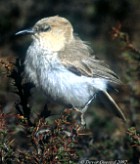
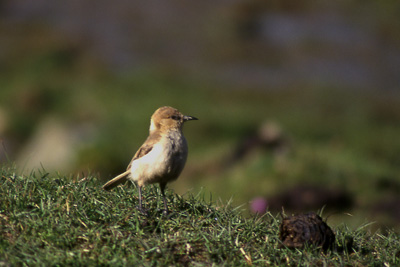
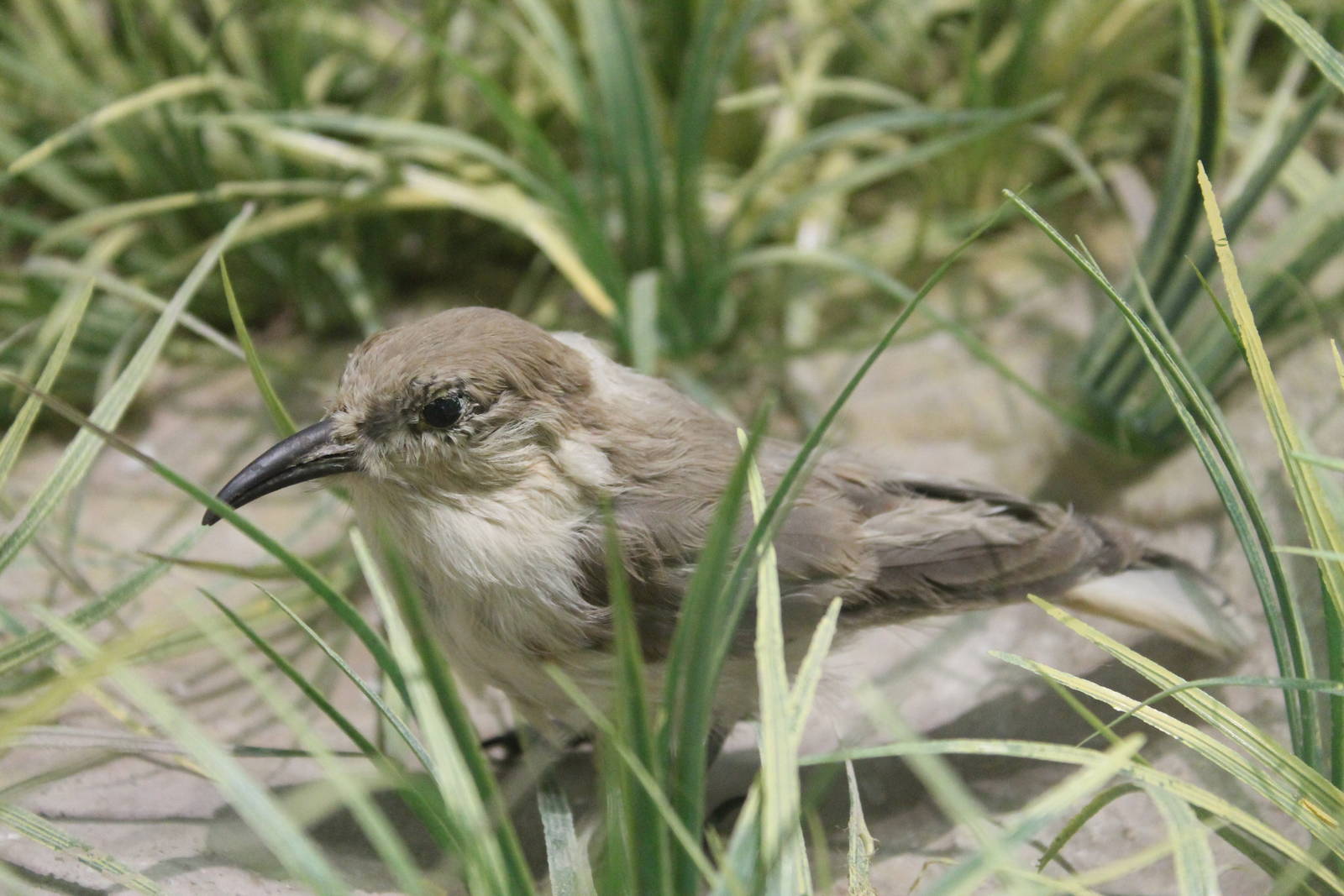
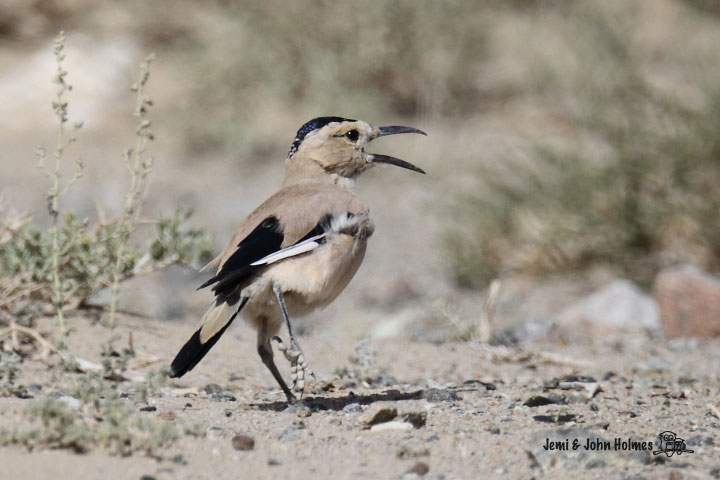
 Animalia Life
Animalia Life